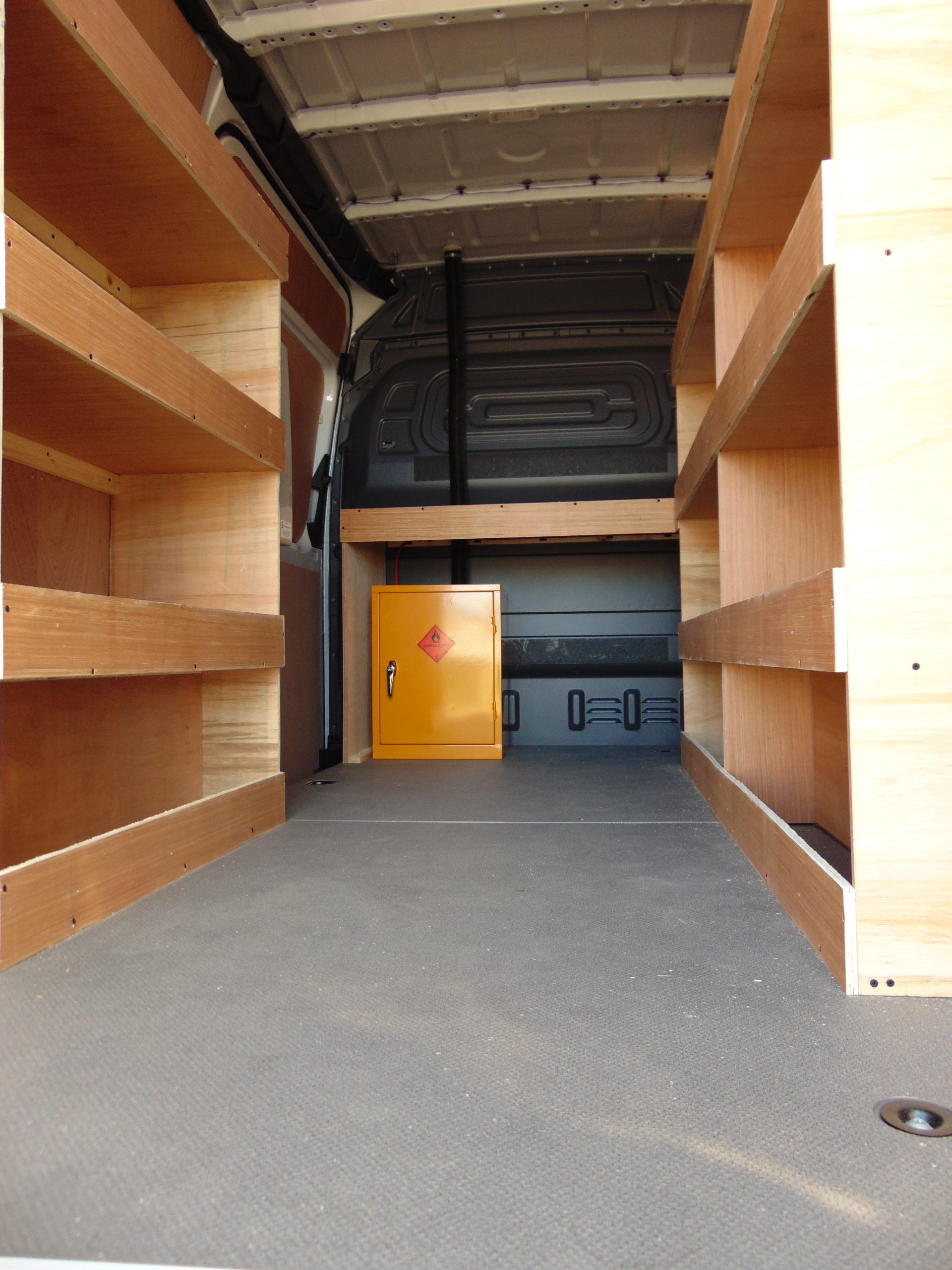Vans and other light commercial vehicles can carry large loads, with up to 1.5 tons fitting in the back of large vans such as Transits, Boxers and Movanos. That much weight, if not secured properly, can cause your van to wobble when cornering, or make it more unstable in crosswinds. There is also a risk that the van will topple over.
With specialist vehicles like tippers and dropsides, a poorly loaded vehicle could lose some of its cargo over the side or rear and cause road hazards for other drivers.
Not only does poor loading risk causing road incidents, it also risks damage to the goods themselves. Unsecured packages are free to slide and fall inside your van, leading to damage which could also incur costs.
If your van is on finance lease or contract hire, any damage to your van could impact its value at the end of the term.
It is in everybody’s best interest to load your van safely and securely. To ensure your van and its cargo are safe and ready for the road, we’ve put together a checklist for you to use.

Load your van properly
Large and bulky items should go in first, as it is easier to fit the smaller parcels on top or around the bigger stuff. Heavy items should be spread evenly across the floor, as uneven weight distribution leads to difficult van handling.
You should aim to keep the centre of gravity as low as possible. The load should be stable without lashings, so there is no risk of it toppling over while you are unloading it. If it is not stable, then you should try and correct this. Does it need to be put in a transport frame, or a box or other container?
If the load is not against the headboard (the bulkhead between the cab and loading area) there’s a chance it could slide forward during braking. Consider adding chocks or additional straps to keep it in place.

Load restraints
Straps and load security is under far more strain when you are driving than when you are still. Different forces act on the van during acceleration, braking and manoeuvring and these can all stress the cargo restraints.
According to the DVSA, the “combined strength of the load restraint system must be sufficient to withstand a forwards force not less than the total weight of the load to prevent the load moving under severe braking, and half the weight of the load moving backwards and sideways.”
This simply means that the straps and restraints must be sufficient to keep the load in place under driving conditions.
Who is responsible for correct loading?
As with most aspects of van driving, the driver has some responsibility when it comes to making sure the vehicle is loaded safely. However, you aren’t the only person responsible.
Government guidance states that everyone in the transport chain should be aware of the rules and regulations. Everything from the delivery order maker to the loader, to the van driver has some impact on the vehicle’s load, and so each should ensure that they keep to the guidelines when carrying out their part of the process.
If you aren’t loading the vehicle yourself, you should be involved in the loading process. Generally, observing the van being loaded should be sufficient to ensure that the cargo is correctly secured inside the van.
If you are not happy with the way the van is loaded, or with how stable the load is, you should speak to the loader and have the load assessed or reloaded where necessary. Remember, you will be the one driving the van and taking any risks that might occur through your load being secured incorrectly.
Unloading the vehicle
Unloading should be given the same attention as loading. The load should be stable before unloading commences, so that it is safe to move. If you aren’t unloading the vehicle yourself, you should observe the unloading so you can be sure it is done correctly.
If the load shifts while driving, it could potentially be dangerous to unload. In this situation, it should be carefully assessed so that a decision can be made regarding how best to unload it.
Loading and unloading should always be carried out by a competent person to ensure neither goods nor vehicle are damaged in the process.

Consequences of poor loading
According to HSE statistics, workplace transport is one of the highest risk work activities, and many related incidents are a result of poor load securing.
Incidents can include injuries due to poor loading practices, such as items falling when they are not correctly secured. This can also cause damage to goods, which will impact your relationship with your customers.
If you or your company are involved in an incident due to poor loading, your corporate reputation could suffer. There may be bad press of the incident, or loss of contracts due to poor standards or damaged goods. If your van is on lease or hire, then there also may be costs incurred if the vehicle you return is damaged or dented beyond expected wear and tear.
It is in everyone’s best interest to ensure your vehicle is loaded correctly. Taking a few extra precautions and being aware of your responsibilities will go a long way to maintaining safety and security for your cargo and your van.
